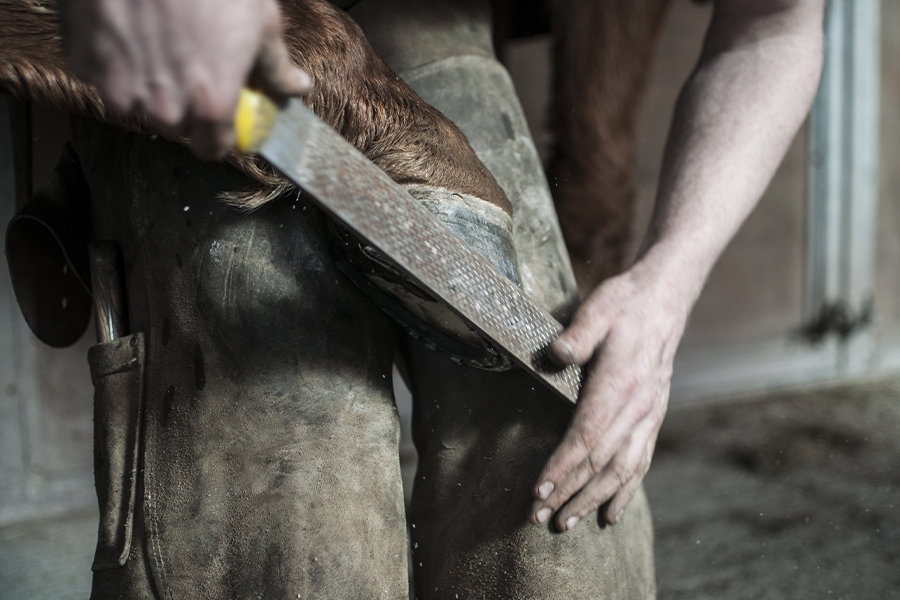
As the weather turns to wet and wintry it becomes increasingly important to pay attention to your horse’s hooves. Hooves are extremely sensitive and very vulnerable to injury, illness, and infection. Taking good care of the hooves helps to protect your horse from health issues while letting them lead a happy and active life. Here are some easy steps you can take every day to ensure their hoof health is supported.
Learn to recognize a healthy hoof
Before we get into natural horse hoof care, I want to talk about the importance of establishing what is normal for your horse’s hooves. If you know what is normal, you will be able to immediately spot any changes that may be the result of an illness or injury.
Start this process by feeling their legs, around the pastern, and coronet. You’re trying to determine what is their normal body temperature in that area. Next, locate the digital pulse. You can usually find it against the back of the pastern. Simply use two fingers to feel the pulse rate. Finally, check the frog. Get familiar with its texture and the firmness. Doing this every day as part of your grooming routine will help you really learn what is normal for your unique steed.
Pick your horse’s feet
Though it’s pretty basic, picking your horse’s feet is the most important step in natural hoof care. You should make a habit of picking their feet:
- Before every ride
- After untacking
- When you bring them indoors at night
- Before turnout every morning
- Anytime you notice slowness, limping, or lameness
If you follow this routine diligently, you’ll help prevent any major issues.
How to pick a horse’s foot
Picking is a pretty easy process and it gets easier the more you do it. If you have never tried picking before book a seeing with your farrier and ask them to guide you through the process. You want to make sure you have the right tools including work gloves, a hoof pick, a hoof brush, and a file or rasp for trimming. Once you have gathered all your tools you can get to work:
- Start by tying up your horse, this will help them stay still while you work and will prevent injury for both you and the horse. Put on your work gloves.
- Approach your horse safely. Make sure they are calm and relaxed before proceeding. Start with the front hooves. Position yourself next to their shoulder and face the tail to prevent injury if the horse kicks.
- Gently squeeze your horse’s leg so they know it is time to lift their leg for cleaning. Hold their foot gently in the palm of your hand and start the picking process.
- Use the pick to remove any dirt or large debris. Do not be too forceful because you may slip and cause injury to your horse or yourself. If your horse is shod, clean any debris that may be lodged between the hoof and the underside of the sole.
- Next, remove smaller debris with the hoof brush. When you are done, you should see all the parts of the hoof.
- Apply a light spray of Kiss A Frog Foot Wash along the bottom side to protect the frog from fungal and bacterial issues. This will also help keep the area clean and nourish their sole.
- Gently place the foot back on the ground and let go. Apply a light layer of Jojoba Hoof Moisturizing Mist along the coronary band to help moisturize the nail, promote healthy growth, and reduce chipping or cracking.
While you are picking the hoof, you will want to check for any sign of injury and illness. The most common health issues to check for include:
- Abscesses: An abscess is a type of infection that can be caused by a variety of injuries and illnesses. Abscesses are not always visually apparent, so you will want to check by touch. If your horse’s foot is warmer than normal, they may have an abscess. In this case, call your veterinarian immediately.
- Cracking: Some cracking is bound to occur if your horse is very active, but there is a difference between relatively harmless superficial cracking and cracks that damage the nail structure. If you notice a crack, call your farrier or vet. There are a lot of causes of cracking ranging from diet to disease, so you’ll want to have an expert take a look.
- Laminitis: This is a severe inflammation of the foot that has several root causes. The biggest signs of laminitis is your horse not wanting to bear weight on their feet or shifting from foot to foot. Laminitis also causes the areas to be warm and throbbing so you can do a check by touch, although be careful as the area my me tender.
- Punctures: Punctures typically happen on the sole of the hoof and result from your horse stepping on something sharp. After removing the dirt and debris, you want to check for any wounds. If you find that the hoof does have a puncture and there is still an object in the foot, call your veterinarian immediately. Do not try to pull things out yourself as you can cause more damage and bleeding.
- Thrush: Thrush is a type of infection usually caused by standing for long periods of time in muddy, dirty, or wet conditions. Thrush is easy to recognize because it creates a foul smell and a dark discharge from the frog. If you notice thrush, you will also want to contact your veterinarian. Regular use of Kiss-a-Frog Foot Wash during wet seasons can significantly help protect against bacterial and fungal infections like thrush.
If you notice any of these issues, you will need to act immediately. Even a small wound or puncture can later become a big issue if not treated in time. If your horse is shod, you will also need to check for:
- Risen Clinches: This is a sign that the shoe is loosening. Check to see if the ends of the nail are sticking out from the hoof. If there are risen clinches, your horse may injure itself.
- Shifted Shoes: These are shoes that have moved from one side to another. This can cause pressure and pain when your horse walks.
- Sprung Shoes: These are shoes that have pulled away from the nail or bent from use. Sprung shoes can also cause pain and make walking difficult.
If you notice any of these issues, you’ll need to call your farrier to fix them right away before your horse gets hurt.
Work with an expert farrier
Daily care is really important, but you want to schedule regular visits with a farrier. Your farrier can help make recommendations for natural hoof care, diet adjustments for healthy growth, and lifestyle changes to keep your horse’s hooves in top condition. When choosing a farrier, you want one with a good reputation and a lot of experience. I recommend asking other horse owners and at your local feed store for recommendations or visit Americanfarriers.org and under resources click “find a farrier”.
If you’d like to learn more about our natural horse hoof care products and how they can help support your horse’s health, post in the comments below of contact me and I’ll be happy to answer any questions and provide tips and techniques for hoof grooming.

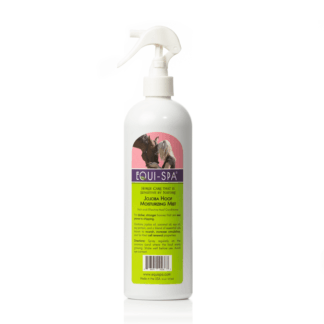
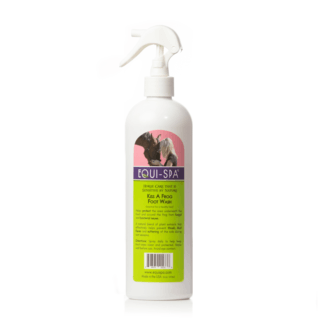
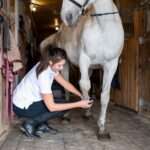

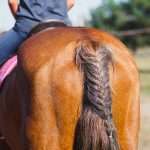
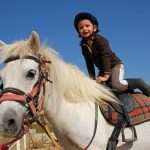
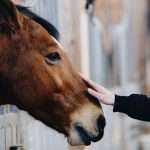
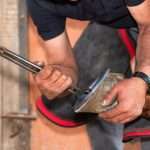
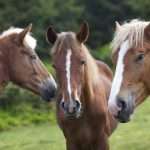


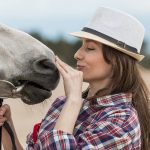
the horse’s wounded is very important because of the diseases and the correct walk
our horse hates foot cleaning
thanks for the info
Always check feet for any problems and care🐴
Thank you
Taking care of a horse’s hooves is important for his health, he will be useless to his owner.
Niece does this
Hmm.. very interesting information to read. My landlord and her daughter love horses and I love to understand more about this animal that I didn’t not know before.
will be trying this!
This is something I never knew.
I learn some new stuff from it too, thanks for sharing your information.
Supeerbbbbbb
Great info! I’ve learned so much from reading this.
Thanks for sharing this informative article.
so cool!
Very informative
This was a very helpful explanation. I needed to know more about what to observe.
Great information, thank you….
clear and kind
Thanks for the tips!
Great information, taking care of a horse’s hooves is important for his health.
Thanks for the information!
good to know
Very informative
Thanks for the info taking care of hooves is so important for their health and well being
Great info, I’ll send to my mom
Thanks!!
Really great tips here.
Very informative, thank you x
Great article! We always work with their legs and hooves when they’re young to help get them comfortable when we need to clean and take care of their hooves.
Hoof care is so very vital! I’ve been in the presence of horses whose hooves were neglected & it makes for a miserable equine!
Hoof care is so very important to a horse’s health and well-being. Thank you for the great information.
Learning a lot about horses
Great info. We grew up with work horses and a pony. The Percheron have feet like pie plates and need lots of care, fortunately they were very cooperative with fussing. Our pony often would only hold for 2 hooves at a time.
Great to know, very useful
Interesting
Really informative.
It should always be done carefully.
Thank you
I knew a guy who was a terrier, he did horses hoo es and brushed their teeth.
Great read. Good reminder of what to watch for when caring for your horses hooves.
nice info
Cool!
Good things to know.
thanks
Sure is a lot of work, much more detailed than I thought hoof care would be!
GREAT ARTICLE….SHOWS HOW MUCH ATTENTION IS NEEDED
cleaning those are hard